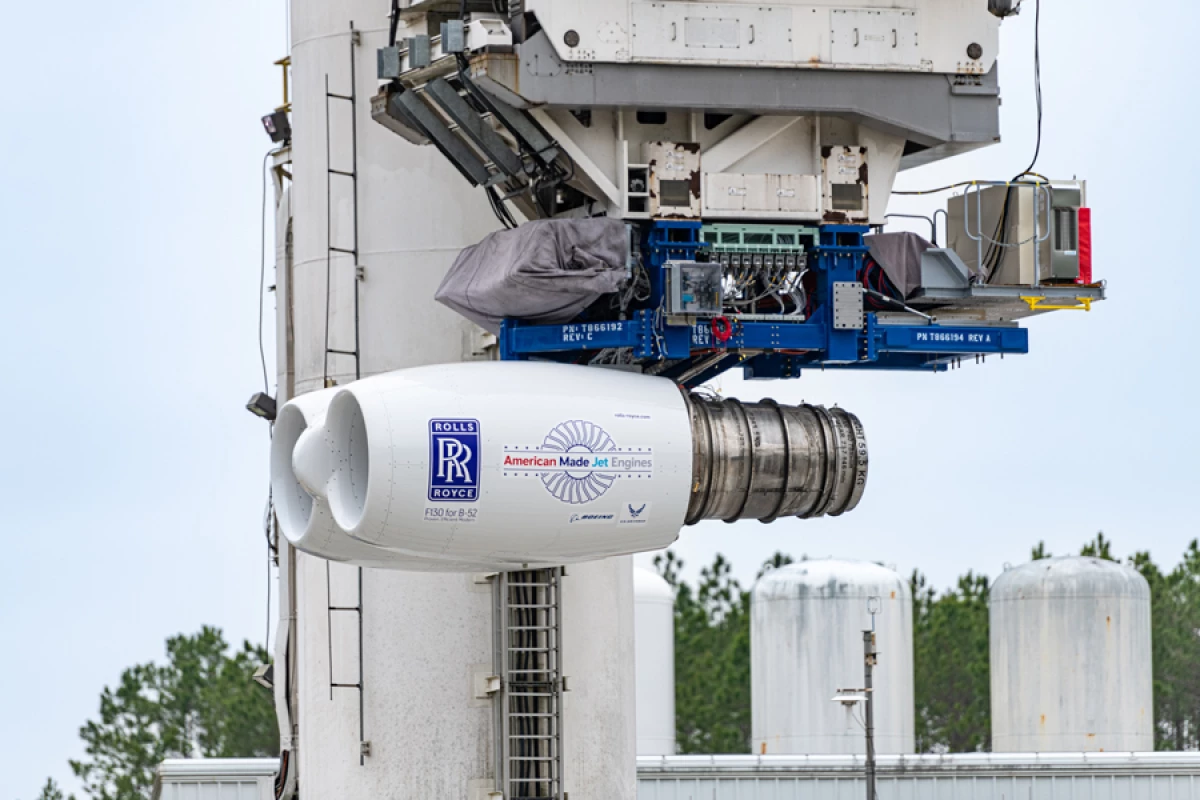At NASA's Stennis Space Center in Mississippi, Rolls-Royce has begun testing of the F130 jet dual-engine pods that will power the US Air Force's B-52H Stratofortress heavy bomber fleet for the remainder of its service life into the 2050s.
Entering service in 1955, The B-52 is so venerable that the grandchildren of the original pilots may now be serving aboard the same aircraft. It's a testament to over-engineering that the 76 remaining B-52Hs and the 12 held in reserve will continue to serve for another 30 years until their basic airframe becomes too fatigued to remain flightworthy.
However, like the Ship of Theseus thought experiment, the B-52s have had so many bits and pieces replaced that the question arises of whether they're still the same aircraft. They have been serviced and upgraded so many times that not much beyond the original airframe remains.
The new F130 engines being developed by the Rolls-Royce US division in Indianapolis, Indiana, will be the last engines to be fitted to the B-52 fleet. Under a US Air Force contract, Rolls-Royce is building 608 engines, which is eight per aircraft, and 42 spares. To speed up the refit, the company derived the F130 from its commercial BR725 engine that has already clocked up 30 million hours of flight time in the Gulfstream G650 business jet and other civilian and military transports.
That gives the F130 a significant head start, but the engine family has only flown mounted as single-engine pods and never in an aircraft the size and complexity of the B-52. This makes it a priority to test it in the dual-engine configuration used by the B52 to see how well the engines operate in close proximity and to monitor crosswind aerodynamic flow, as well as how the engines respond to their new digital control systems.
According to Rolls-Royce, the tests will continue for several months, though the preliminary results have been promising. The tests are being carried out with the Air Force and Boeing, which is responsible for integrating the engines into the modernized B-52 fleet.
"We are excited to begin this milestone testing program, the first step for what will be decades of successful engine operation for the United States Air Force B-52 fleet" said Candice Bineyard, Rolls-Royce Director, Programs – Defence. "Rolls-Royce continues to work very closely with the Air Force and Boeing to ensure the engine testing and integration process run smoothly. This will result in higher fuel efficiency, reduced air refueling requirements, and significantly lower maintenance costs for the B-52 fleet. We look forward to sharing test results with the Air Force and Boeing as the test plan progresses at the NASA Stennis Space Center."
The video below discusses the testing program.
Source: Rolls-Royce





